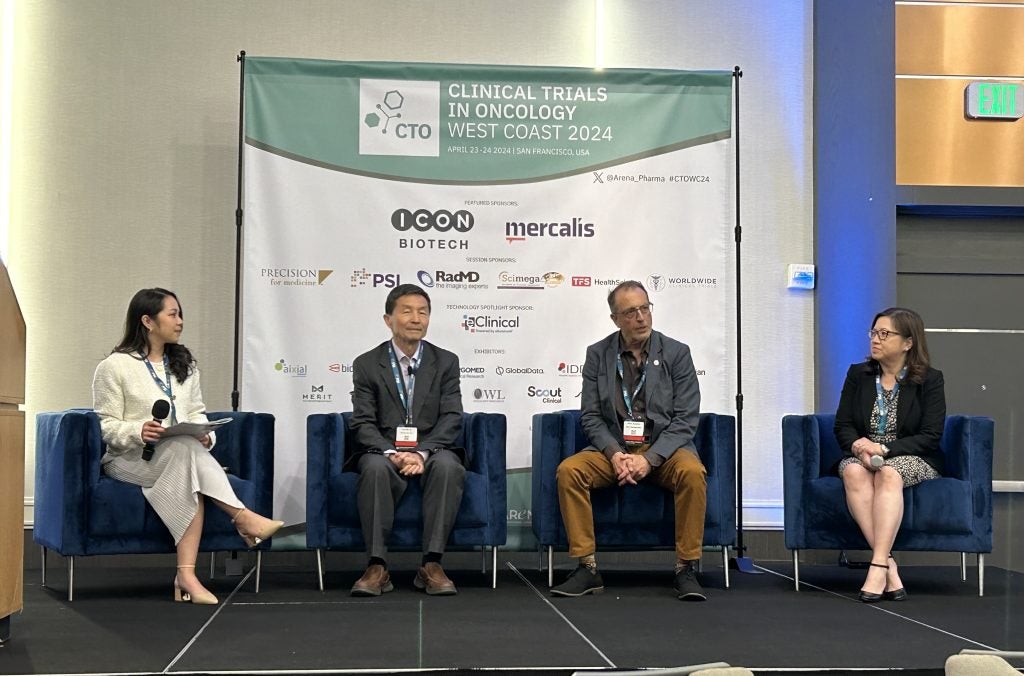In late December 2016, Seattle Genetics received a clinical hold from the US Food and Drug Administration (FDA) for several early-stage clinical trials of the CD33-directed antibody-drug conjugate (ADC) vadastuximab talirine (SGN-CD33A) in acute myeloid leukemia (AML).
The clinical hold was triggered by the occurrence of hepatotoxicity in six patients, several cases of veno-occlusive disease (VOD), and four fatal events in patients with relapsed / refractory acute myeloid leukemia (AML) who were treated with the drug prior to or following allogeneic hematopoietic stem cell transplant (HSCT).
The company had recently announced promising clinical efficacy and safety data of the drug as a single agent or in combination regimens in AML at the 58th American Society of Hematology (ASH) Annual Meeting & Exposition, which took place from 3 December to 6 December, 2016.
Vadastuximab talirine is designed to improve on the efficacy and safety profile of its predecessor, Pfizer's CD33-directed ADC Mylotarg (gemtuzumab ozogamicin). It was granted an accelerated approval in 2000 as a single agent for elderly AML patients who are in first relapse and are not candidates for intensive cytotoxic chemotherapy.
The follow-up post-approval studies did not confirm the clinical benefit and the drug was associated with serious hepatotoxicity including veno-occlusive disease (VOD), with an overall incidence of 10% and even higher in patients receiving Mylotarg before or after HSCT. Lack of clinical benefit and an adverse safety profile resulted in voluntary discontinuation of Mylotarg from the US market in 2010.
How well do you really know your competitors?
Access the most comprehensive Company Profiles on the market, powered by GlobalData. Save hours of research. Gain competitive edge.

Thank you!
Your download email will arrive shortly
Not ready to buy yet? Download a free sample
We are confident about the unique quality of our Company Profiles. However, we want you to make the most beneficial decision for your business, so we offer a free sample that you can download by submitting the below form
By GlobalDataSee Also:
Vadastuximab talirine was associated with an increased incidence of VOD, which most often occurs in patients undergoing HSCT. The safety signals were specifically seen in patients receiving vadastuximab talirine either prior to or following HSCT.
It is likely that the combination of the drug with the transplantation procedure is intolerable, rather than the drug itself, and patients might still derive clinical benefit in other treatment settings.
To this end, the company reported that vadastuximab talirine was safely administered as a single agent in elderly newly diagnosed CD33+ AML patients (range, 67-89), or in combination with the current standard of induction treatments in young (range, 18-65) and elderly (range, 60-87) patients, respectively, with no occurrence of hepatotoxicity or VOD.
The regimens delivered promising clinical efficacy in elderly patients, particularly in those with antecedent myelodysplasia, adverse-risk cytogenetics, FLT3-ITD, or secondary AML, which are subgroups with a poor outcome in response to conventional treatments. In young patients, the majority (94%) of the complete remissions occurred with one cycle of induction therapy. A total of 74% of patients in complete remission achieved minimal residual disease-negative status.
This would not only mean a shorter treatment period in the hospital for patients but a potential improvement in the long-term treatment outcome in the young patient population.
While vadastuximab talirine may prove not to be a feasible treatment option in combination with HSCT, it however has much to offer in combination with standard induction treatments in young and elderly AML patients.








